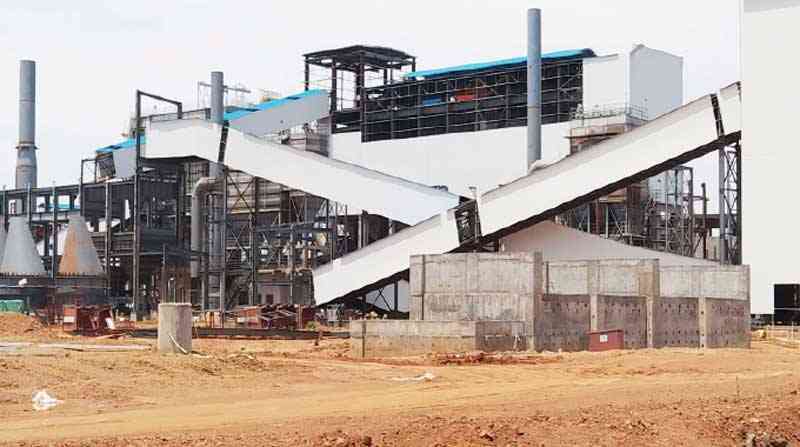
CAPITAL inflows into new coal shafts have accelerated, alongside the expansion of existing mines in Zimbabwe’s northwestern hotspots, as investments into steel production and coal-fired power facilities reinvigorate investor appetite, a senior government official said this week.
In responses to questions from the Zimbabwe Independent, Pfungwa Kunaka, permanent secretary in the Ministry of Mines and Mining Development, said while there was scope for coke exports, expected demand at Hwange Thermal Power Station and the US$1,5 billion Manhize steel plant lay at the heart of an investor boom that has been experienced since 2021. The new Hwange power units 7 and 8 came online in 2023 following a US$1,5 billion investment, with the US$1,5 billion Chinese steel plant expected to start production this quarter. Investments into coal expanded by 81% between 2021 and 2022, official data showed, with more funding expected this year.
“In 2021, government announced investments into coal mining and coke oven batteries. This announcement has seen growth in this sector with US$166,4 million being realised as of 2022, compared to US$92,1 million in 2021,” Kunaka told the Independent.
“The country has witnessed opening of new coal mines, expansion of existing operations and resuscitation of operations during the period,” he added.
Muchesu Coal Mine began production last year following a US$20 million investment.
“Turbo Mine expanded production to 75 000 tonnes per month to cater for increased power generation at Hwange Power Station Unit 7 & 8. Zambezi Gas expanded operations in 2021 and opened a second pit with a capacity of 100 000 tonnes of coal, doubling their monthly production. The Makomo Resources operation is being resuscitated through contract mining to Sino Hydro and Mutagech (a mining division of South Mining),” Kunaka noted.
Government majority controls the Zimbabwe Stock Exchange-listed Hwange Colliery Company Limited in the same coalfields, which has struggled for decades due to under capitalisation. But Kunaka said following a business remodelling, the firm will be working with contractors to improve output on its five opencast mines.
“Local coke production has seen rapid growth. Exports of coke increased due to government’s issuance of coal licences to mining companies intending to establish coke oven batteries being complimented by the promotion of the establishment of coke oven batteries as a prerequisite to the issuance of coal mining titles.
- Power cuts spur Zimbabwe’s green energy revolution
- Mines propose fresh power import deal
- Power cuts spur Zimbabwe’s green energy revolution
- Coal crisis pegs back power generation
Keep Reading
Zimbabwe, in 2023 surpassed the two million tonnes coking capacity, which translates to revenues above US$400 million according to data compiled by the ministry.
“This is expected to exceed the three million tonnes mark with additional capacity investment being undertaken by the key coke producers in 2024. The construction of Dinson Colliery Phase 2 Coke Oven Battery was completed in 2022. Phase 2 of the project increased capacity by 180 000 tonnes per annum to generate revenue of US$54 million per annum and create employment for 500 locals,” he said.
“Construction of Phase 2 at South Mining with an additional 140 000 tonnes capacity of coke was also completed in 2022. Zimbabwe currently exports coke to Zambia, South Africa and the Democratic Republic of Congo through road haulage trucks,” Kunaka added.
“The local market uses the coke for ferrochrome smelting and the bulk of the coke is earmarked for steel smelting at Manhize iron and steel project.”







